Normal Upper & Lowercase Letters Worksheets for Ages 4-7 - Page 2
44 filtered results
-
From - To


Find Uppercase Letters A, B, and C Worksheet
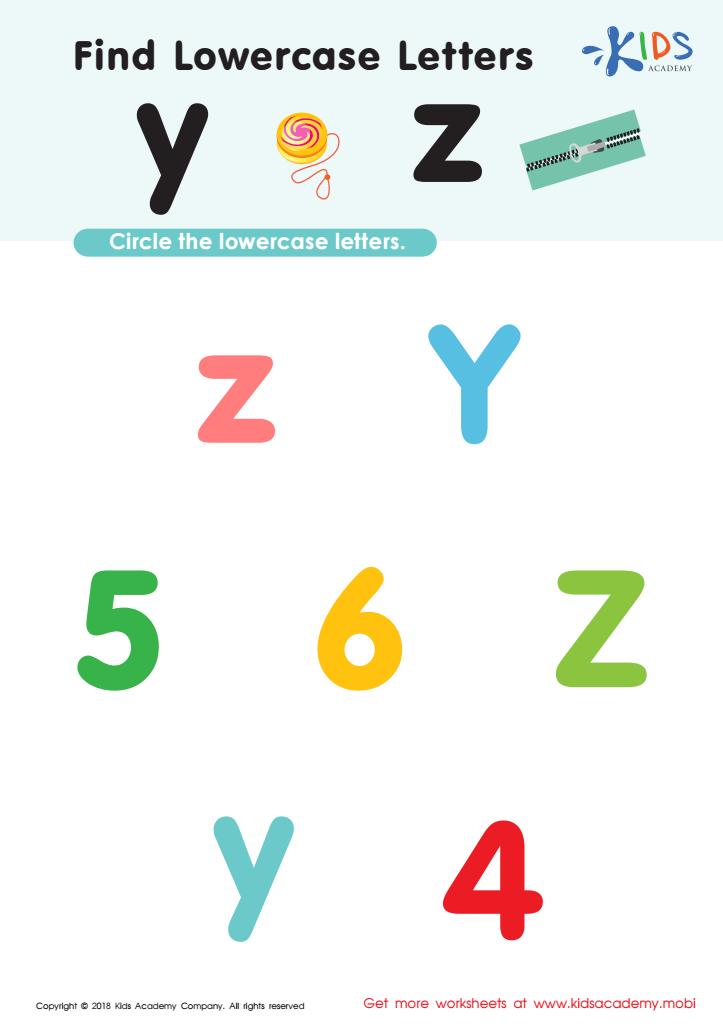

Find Lowercase Letters y z Worksheet
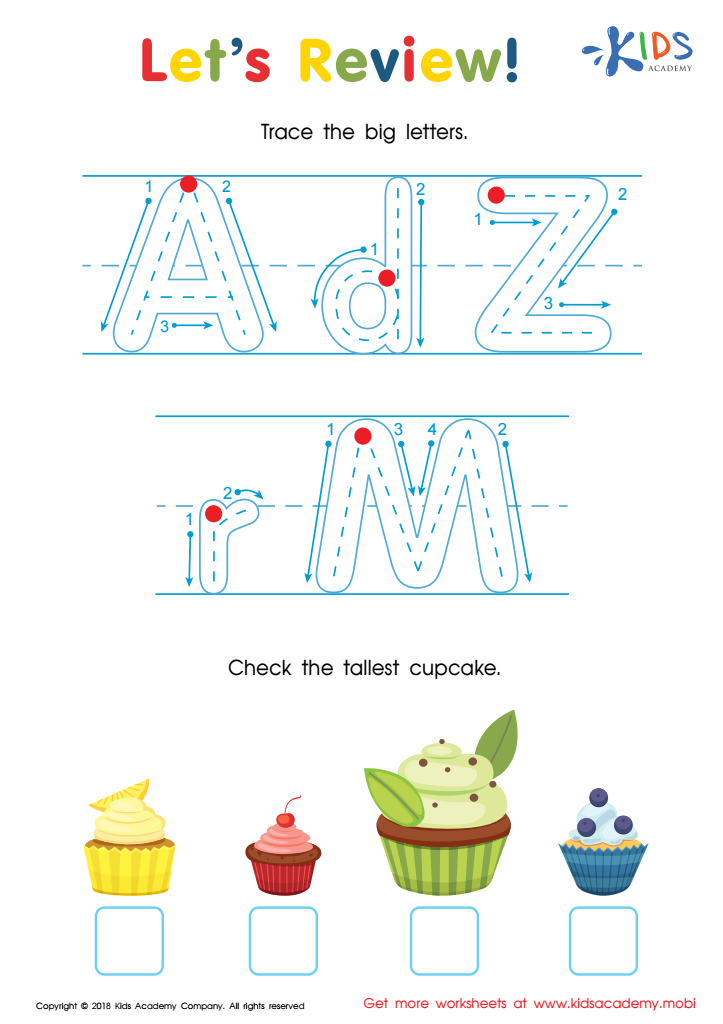

Let's Review! Big Letters Worksheet
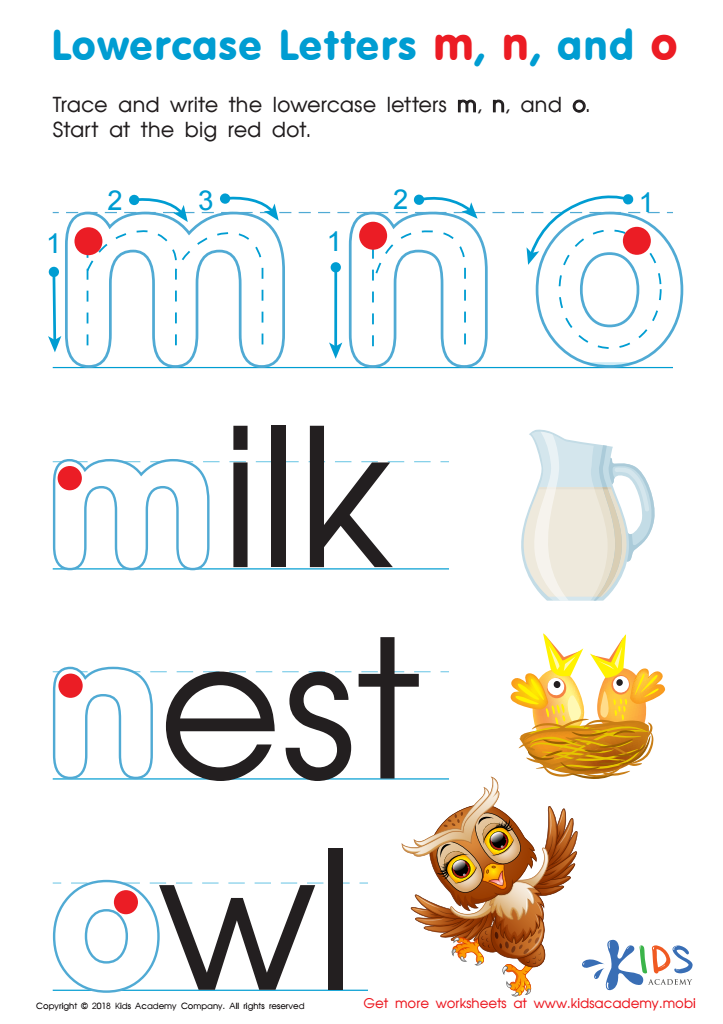

Lowercase Letters m n o Worksheet


Find Uppercase Letters V, W, X Worksheet
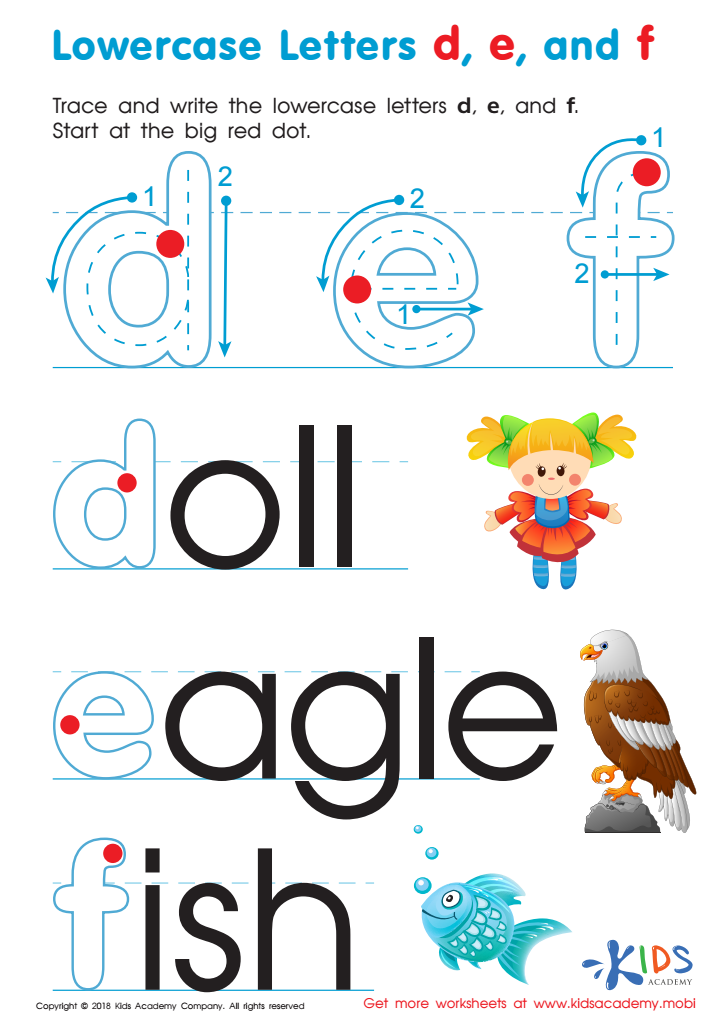

Lowercase Letters d e f Worksheet


Uppercase Letters P, Q, and R Worksheet
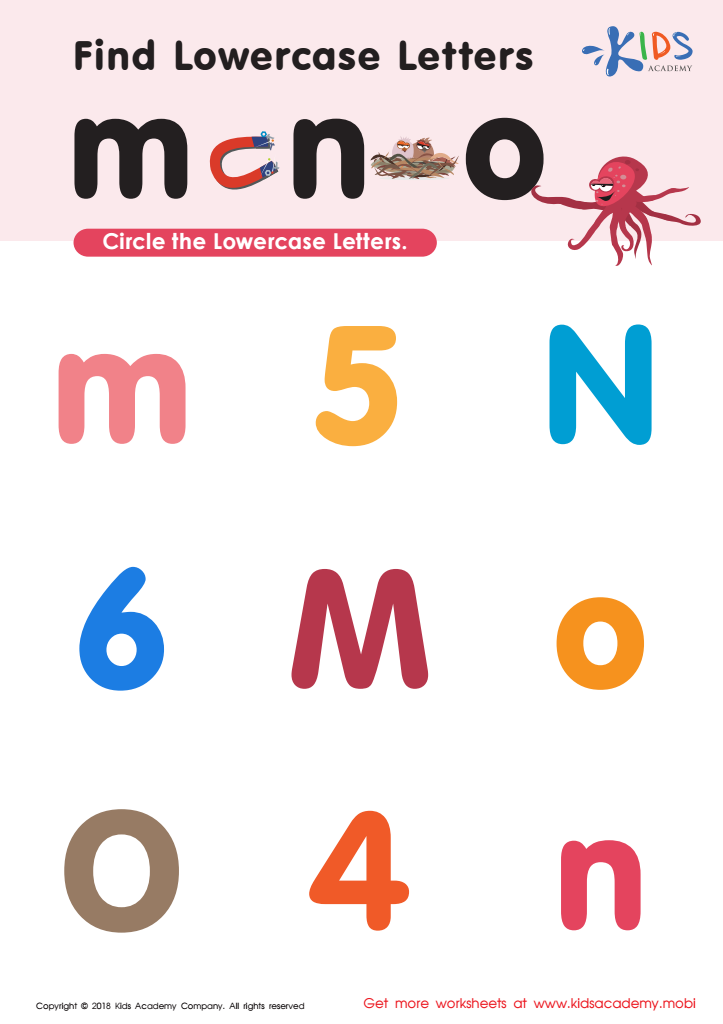

Find Lowercase Letters m n o Worksheet
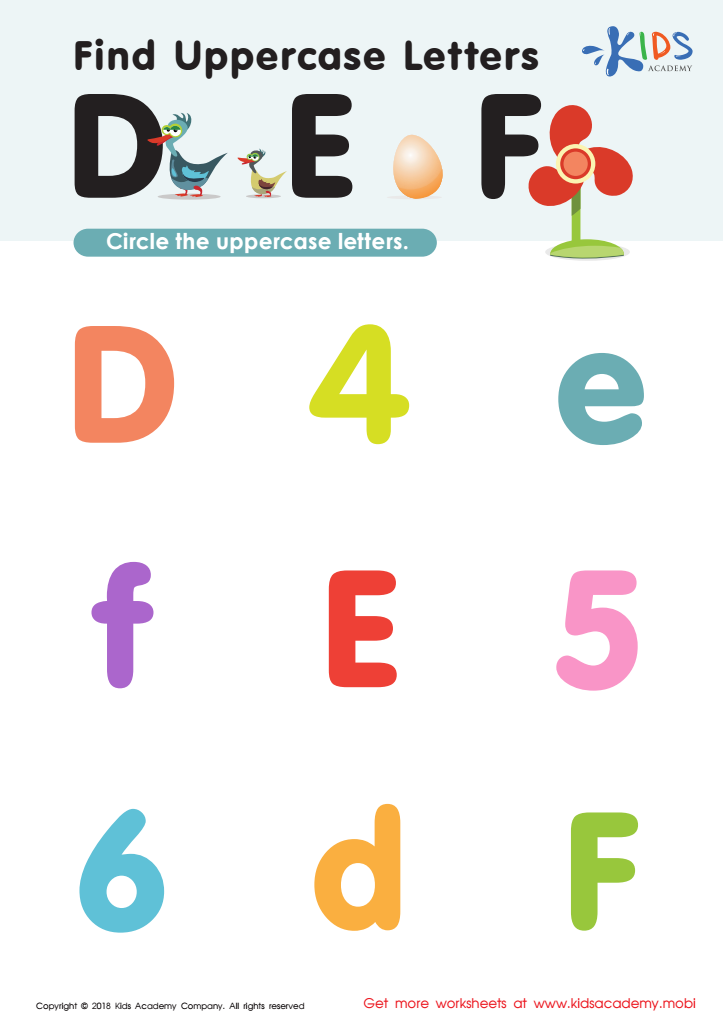

Find Uppercase Letters D, E, and F Worksheet
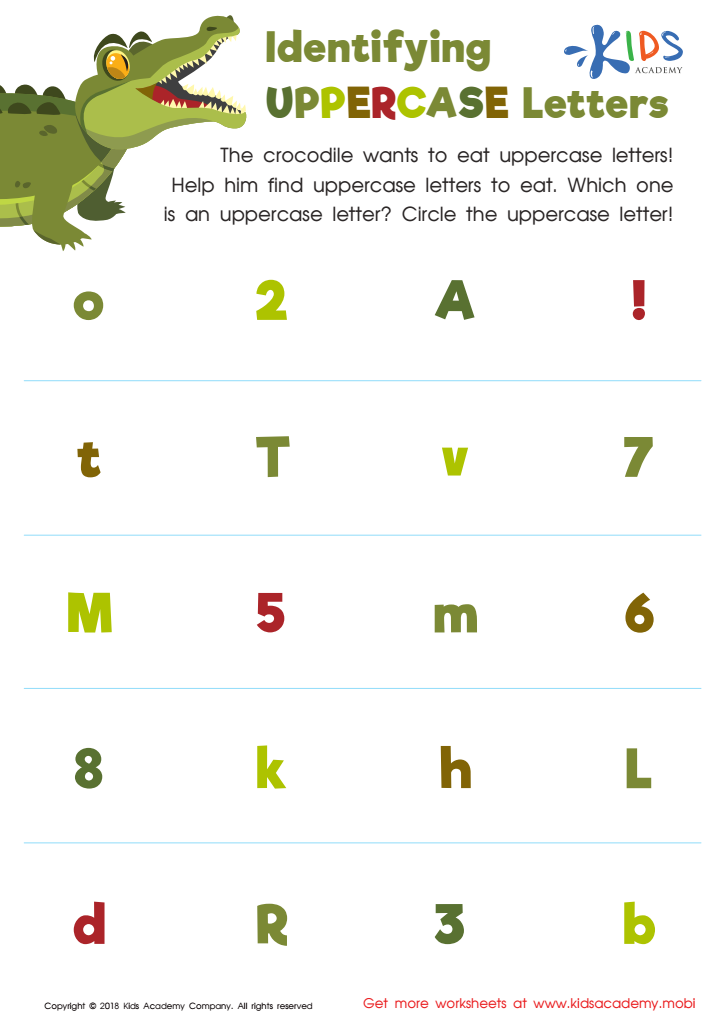

Identifying Uppercase Letters Worksheet
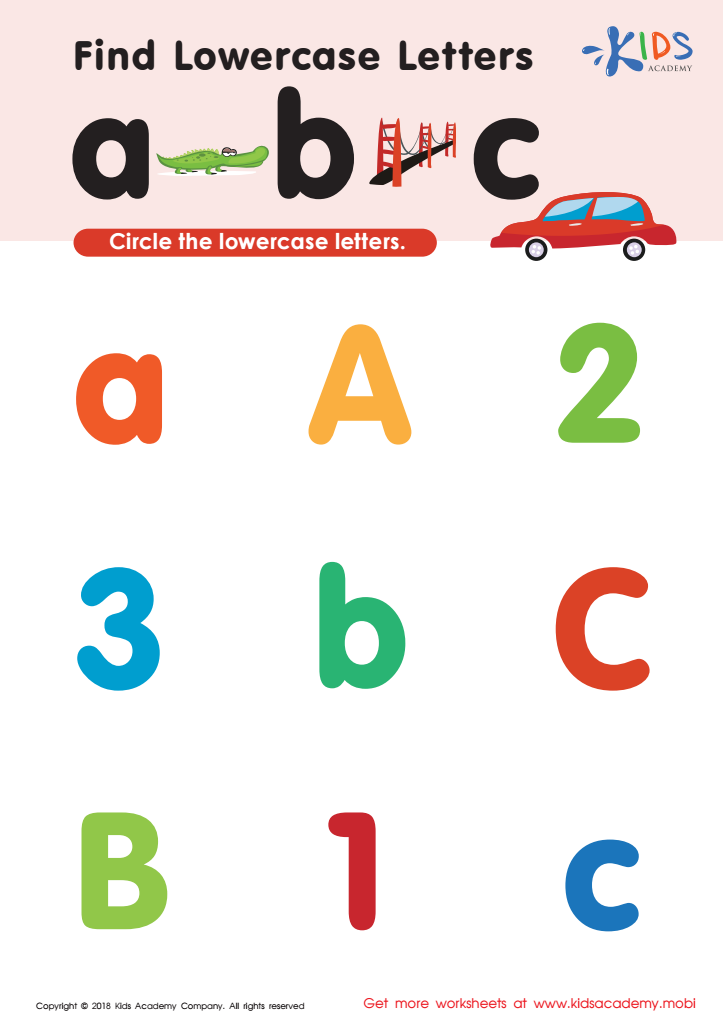

Find lowercase letters a b c Worksheet
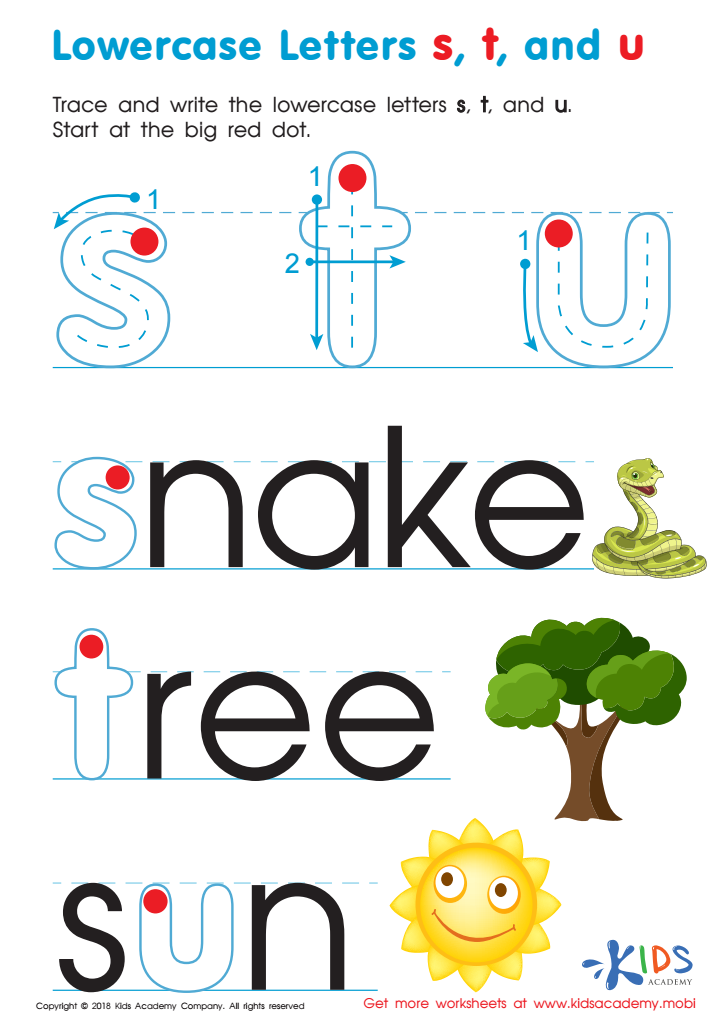

Lowercase Letters s t u Worksheet
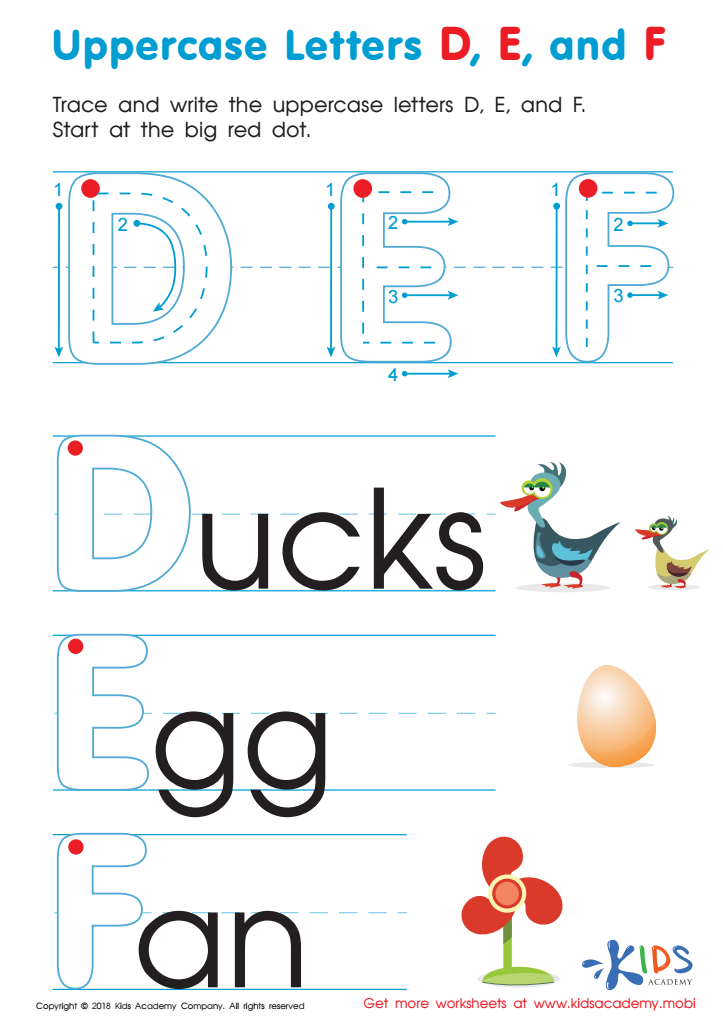

Uppercase Letters D, E, and F Worksheet
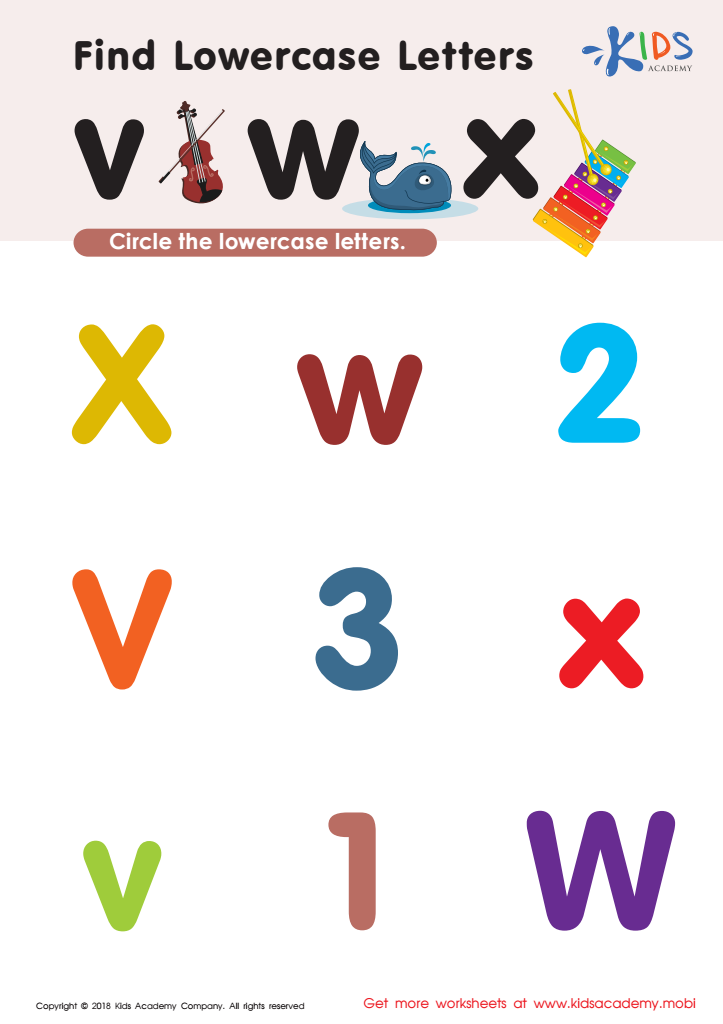

Find Lowercase Letters v w x Worksheet
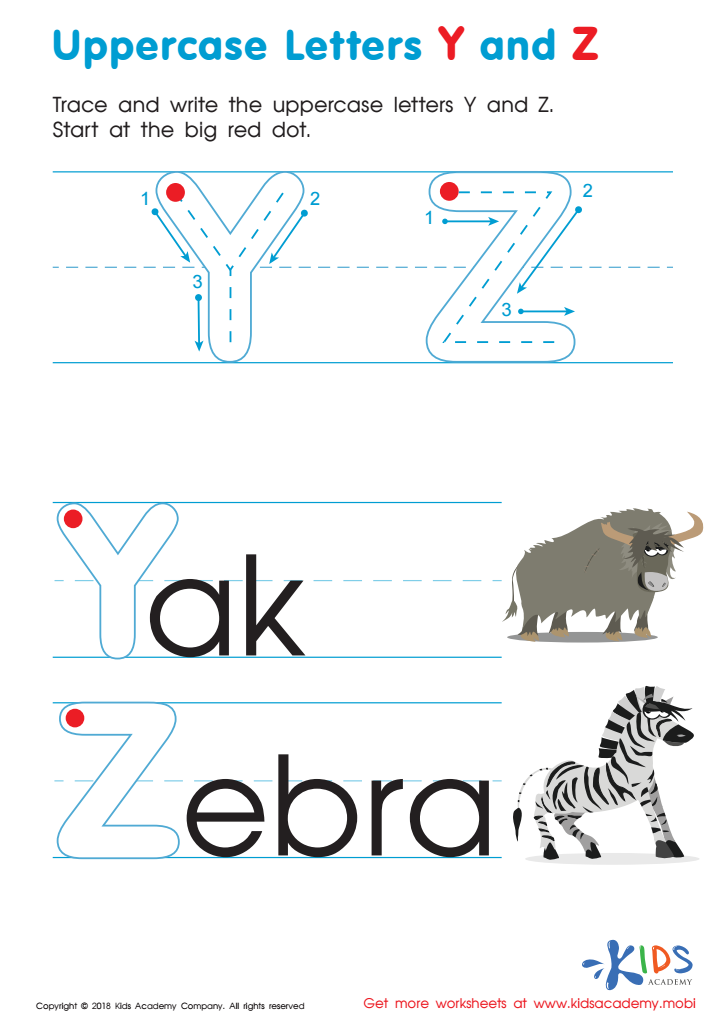

Uppercase Letters Y Z Worksheet
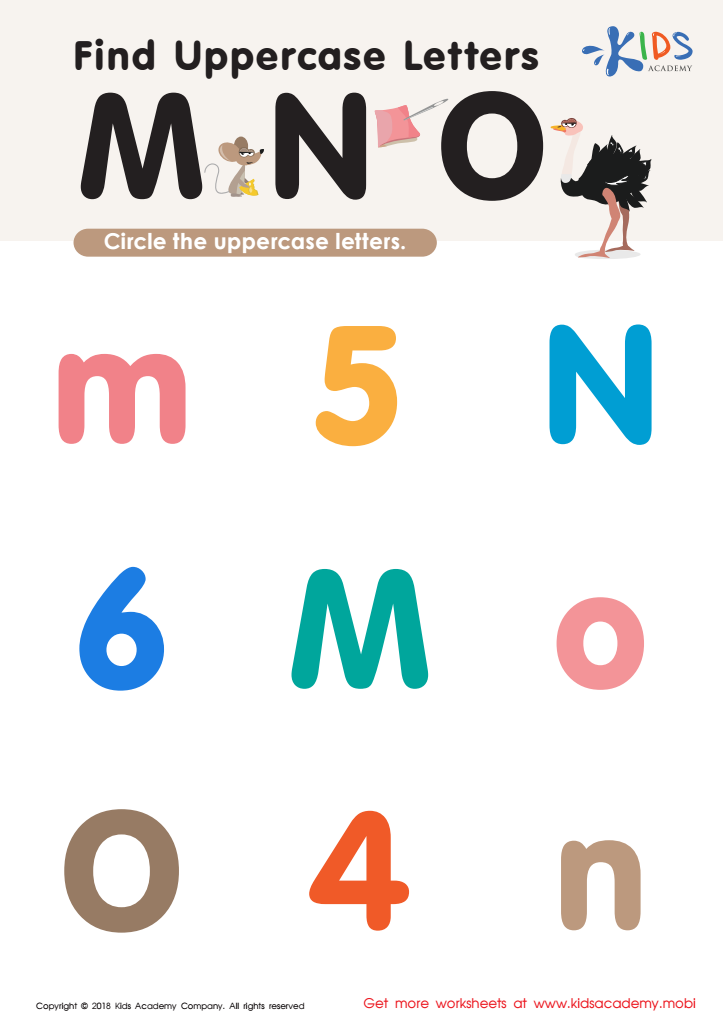

Find Uppercase Letters M, N, and O Worksheet
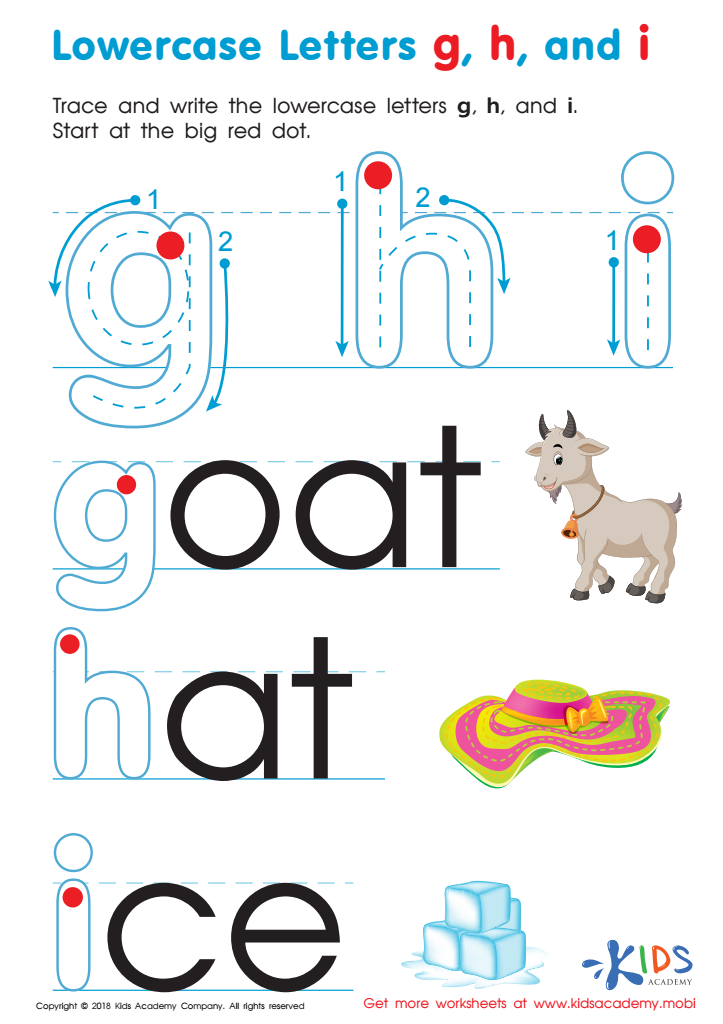

Lowercase Letters g h i Worksheet
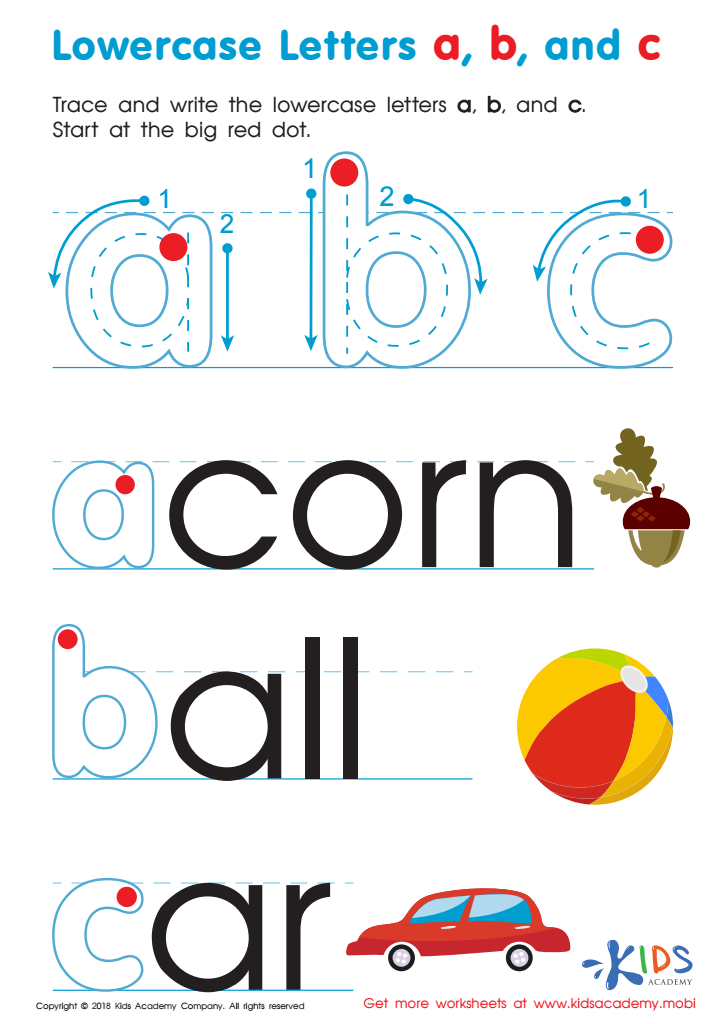

Lowercase Letters a b c Worksheet
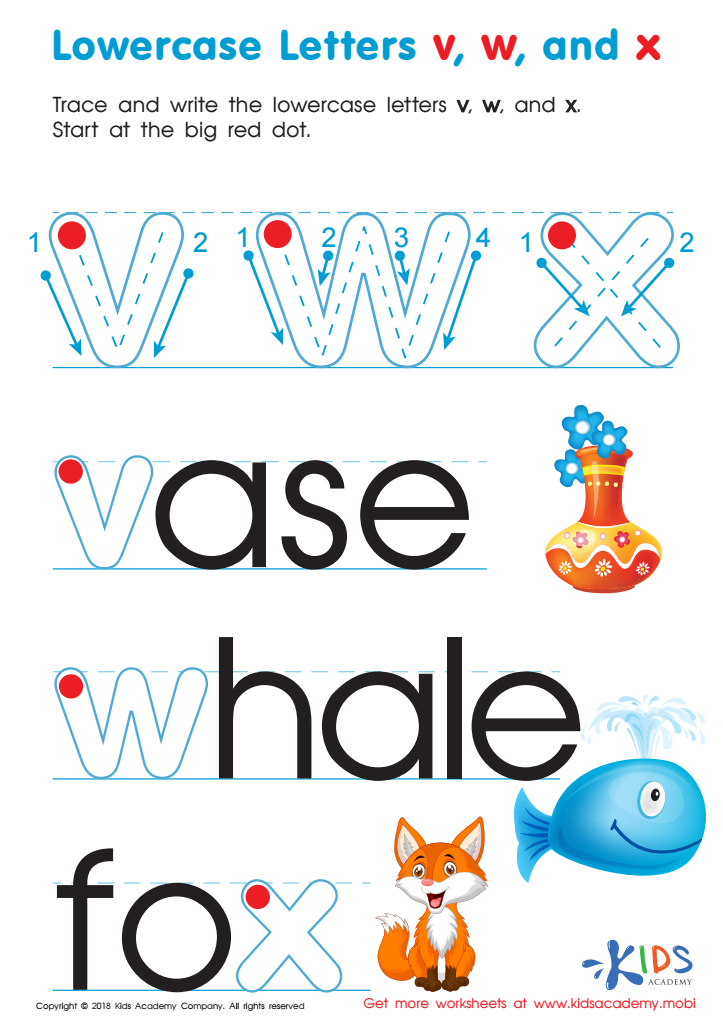

Lowercase Letters v w x Worksheet
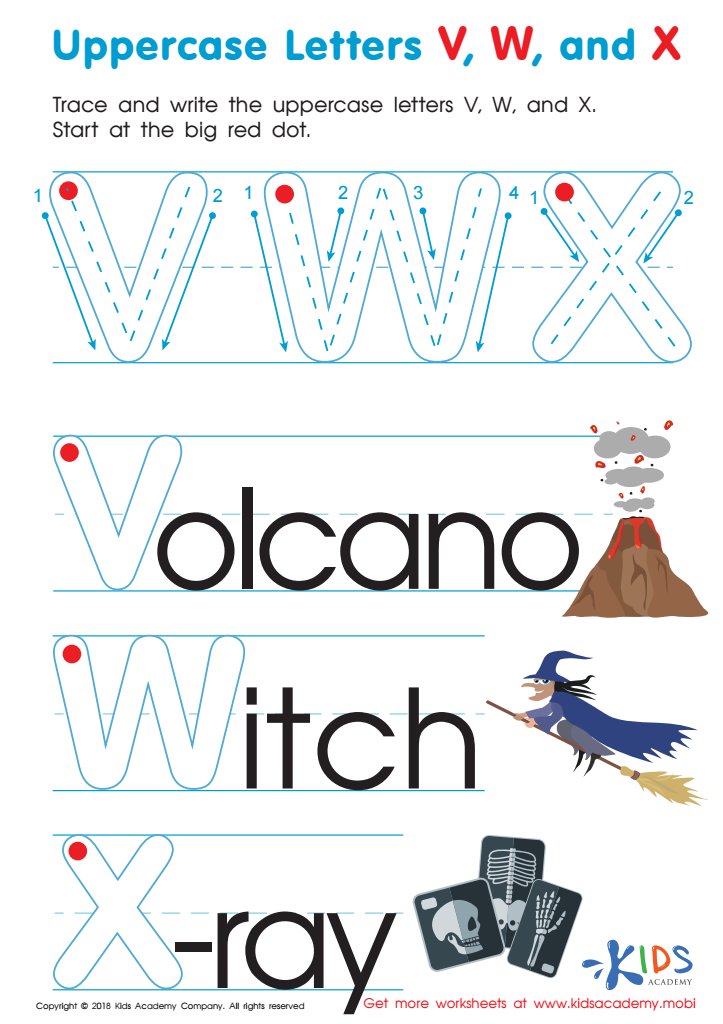

Uppercase Letters V, W, and X Worksheet
Understanding normal uppercase and lowercase letters is crucial for children aged 4-7 as it lays the foundation for literacy development. At this age, children are developing their reading and writing skills, and recognition of these letters is essential for several reasons.
Firstly, knowledge of uppercase and lowercase letters enhances reading fluency. Children need to identify these letters quickly within texts, which helps them move from sounding out words to reading with ease and comprehension.
Secondly, recognizing the differences between uppercase and lowercase letters supports writing skills. Children learn to form letters correctly, which is vital for effective communication. Mastery of handwriting also boosts their confidence as they see their writing improve over time.
Additionally, understanding letter usage cues comprehension. For instance, knowing that sentences begin with uppercase letters gives context to a reader, signalling the start of new thoughts.
Lastly, fostering this knowledge nurtures overall cognitive development, improving memory and pattern recognition. The early years are formative, making it essential for teachers and parents to prioritize mastering normal uppercase and lowercase letters, ultimately building essential skills for academic success ahead.
 Assign to My Students
Assign to My Students












